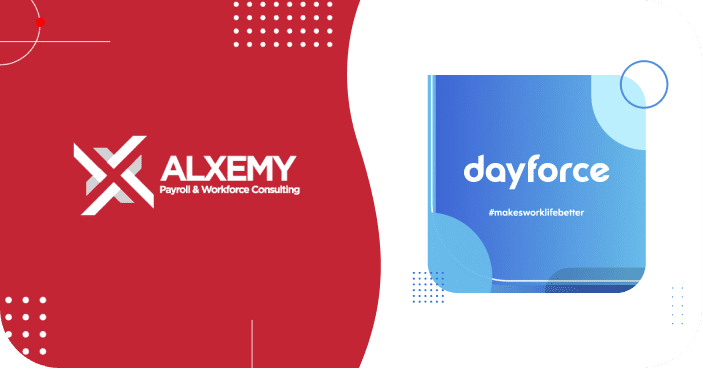
Following on from our last article on annual leave entitlements, this one looks at the other side of the leave equation, the payment.
Leave entitlements have two key components: time and money. The last article focused on time (leave balances).
This one focuses on money, the leave pay rates that determine how much an employee is entitled to when they take time off.
And it all starts with three little words: the greater of.
These words are the cornerstone of the Holidays Act whenever annual leave is paid.
Whether the payment is for annual holidays, leave taken in advance, cashed-out entitlement, or termination pay, the rule is the same: pay the employee the greater of Ordinary Weekly Pay (OWP) or Average Weekly Earnings (AWE).
On paper it sounds simple. In practice, it is anything but. Let’s break it down.
At a glance: five things to know
- Annual leave pay must be calculated using the greater of OWP or AWE.
- OWP includes more than just base pay; allowances and benefits may apply.
- AWE averages 52 weeks of gross earnings, but deciding what’s in or out is critical.
- The Holidays Act does not define “leave accrual,” creating common payroll errors.
- Holiday pay must be made before leave starts, unless agreed otherwise.
“The three little words, ‘the greater of’, are easy to say but difficult to apply correctly.”
Ordinary Weekly Pay (OWP)
At first glance, OWP looks straightforward. It is the employee’s “ordinary weekly pay” at the start of the holiday. But what exactly does that include?
- Is it just base salary?
- What about regular allowances?
- Does overtime count?
- What if the employee receives board and lodging?
The answer: yes, these can all be included.
This is where many businesses get caught. If you are paying a regular allowance, and your contract does not specifically say it stops during leave, that allowance continues to be paid on top of the leave payment. At the same time, it is also included in the OWP calculation. The result? The employee receives the allowance twice. Payroll professionals call this “double-dipping” and it often happens because payroll was not consulted when allowances were introduced.
What’s excluded from OWP?
The Act carves out certain types of payments:
- Irregular payments
- One-off payments
- Discretionary payments
But be cautious. What you think is discretionary may not meet the legal definition. A labour inspector could rule that a payment you assumed was discretionary is in fact regular, and therefore should be included. Section 8(c) of the Holidays Act provides the framework, but interpretation can be risky.
Calculating OWP when it’s unclear
If OWP cannot be determined because of excluded payments, a formula must be applied:
Gross earnings for the last 4 weeks, less excluded payments, divided by 4.
There is also provision for an employer and employee to agree on a special OWP rate, as long as that rate is equal to or greater than the statutory calculation. Importantly, you cannot simply use the base salary in the employment agreement unless it meets the definition.
And if all else fails, Section 11 of the Holidays Act allows a labour inspector to determine OWP. Most employers would prefer to avoid this outcome, as it suggests payroll processes are not compliant.
Key question: How is your system calculating OWP? And how does it handle fortnightly and monthly employees?
“Average Weekly Earnings smooth out fluctuations, but only if you know exactly what counts as gross earnings.”
Average Weekly Earnings (AWE)
AWE is designed to capture fluctuations over time. The calculation is:
Gross earnings over the last 52 weeks ÷ 52.
This method smooths out irregularities, but raises another question: what counts as gross earnings?
- Are bonuses included?
- Are allowances included?
- Does a seasonal top-up or Christmas cash bonus fall into the calculation?
These decisions matter. Misclassifying payments can either short-change employees or overpay them. Both outcomes create risk, financial for the employer and compliance exposure if challenged by a labour inspector.
Another common issue arises with employees paid fortnightly or monthly. Payroll systems must be able to apply the same rules consistently, regardless of pay cycle. A system that averages incorrectly or overlooks certain earnings can cause significant underpayments.
Leave accrual and payments
This is where the Holidays Act leaves employers with less guidance. The Act does not define “leave accrual.” It only defines leave entitlement and leave taken in advance.
Most payroll systems show both entitlement and accrual balances, but many treat them the same way at payout. That can be problematic.
Here’s why:
- If leave is taken in advance, it must be paid at the greater of OWP or AWE.
- If the employee later resigns, the accrual time is ignored. Instead, the employer recalculates pay based on 8% of gross earnings since the last leave anniversary, less any leave in advance already paid.
This can lead to a deficit if the earlier advance payment was higher than the 8% calculation.
Best practice for accruals
- Treat accrual and entitlement as separate balances.
- Where possible, configure your payroll system to record gross earnings since the last anniversary, so the 8% calculation can be applied correctly. Few systems handle this well, but it is the most accurate approach.
“Holiday pay isn’t just about calculation, timing matters too.”
Final reminders
Holiday pay is not just about calculation, timing matters too.
- Once you have determined the correct rate for an annual holiday, that rate must stay the same for the entire holiday period, even if it runs across multiple pay cycles. Payroll systems should not be recalculating it each pay run.
- Under Section 27 of the Holidays Act, holiday pay must be paid before the employee goes on holiday, unless there is a written agreement to process it in the usual pay run. This often gets overlooked but is a legal requirement.
Why this matters
Annual leave payments may seem straightforward on the surface, but the reality is complex. Missteps create compliance risk, employee disputes, and potential financial liability. Systems must be configured correctly, contracts must be clear, and payroll professionals must be involved when allowances or new payment types are introduced.
“The greater of” may sound simple, but applying it correctly is where most payroll mistakes happen. Ensuring your payroll system interprets them correctly is one of the most important steps in building a compliant, trusted workplace.
Written by: Dawn Grant
Key Takeaways:
- Three little words – “the greater of” – drive how leave is paid.
- Payroll missteps often happen around allowances, discretionary payments, and accrual.
- Employers must calculate OWP and AWE correctly to stay compliant.
- Accurate system setup is essential to avoid overpayments or underpayments.
- Compliance is not optional – mistakes can leave employers exposed.





